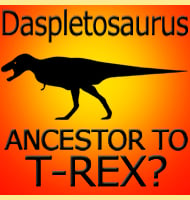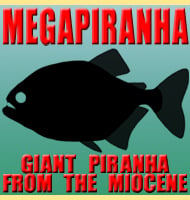Ymeria
In Depth Initially found in 1947 in an expedition by Swedish and Danish palaeontologists, the partial skull and lower jaws did not get named as their own genus until 2012. Ymeria has been speculated to have been similar to the much more famous Ichthyostega, though with noticeably smaller teeth that are also not as curved … Read more

